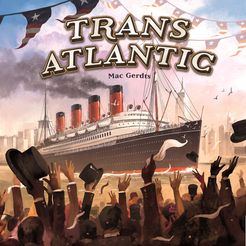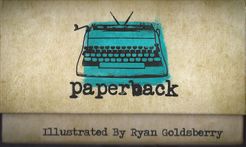I managed to give the new ECW rules “For King and Parliament
(FK&P)” (Simon Miller & Andrew Brentnall, 2018) a try in an opposed
game. I prepared army lists for a Waller versus Hopton battle set in 1643. Ian
randomly got the Parliamentarians, and I got the Royalists. We decided the
terrain features and alternated in placing them on table, resulting in a fairly
congested layout. Then cards were used to determine their final positions or
removal, which de-cluttered the battlefield. The result was a fairly open table
on one flank, whilst the other flank was obstructed by woods, enclosures and a
church.
 |
| Royalist at bottom |
Right from the start I realised that the dice-gods (or
chit-gods) were not with me! My flashy cavalier ‘Swedish’ horse on the open
flank failed to brush aside the outnumbered ‘Dutch’ style roundheads, and in
the next couple of turns were eliminated. The Parliamentary pursuit was
controlled by Ian successfully activating and making saving throws. The second
brigade of Royalist horse were in a position to launch a devastating flank
counter-attack, but it failed to materialise due to repeated drawing of ‘1’
chits by myself. The Parliament horse was able to recover and face down the now
depleted Royalist threat.
 |
| Royalists at bottom (view from right flank) |
On the other flank, my militia brigade moved very slowly
forward and then was held for many turns by a single Parliament dragoon
regiment behind some hedges. Only in the dying stages of the battle did I
manage to eliminate these pesky dragoons, and this was to be my only success in
the whole battle!
 |
| The Royalist centre starts to collapse |
In the centre the match up looked evenly balanced but again
the dice-gods intervened and I was not able to resist the roundhead onslaught.
A couple of my Royalist regiments broke and a resounding victory was achieved
by Ian’s Parliament forces.
In this game both sides had some artillery and this was
largely ineffective. I found out that ‘Dutch’ horse were more resilient than I
expected, and that ‘Swedish’ horse became brittle after their first charge.
They could have been more effective if only I was able to roll reasonable (or
even ‘average’) dice. I don’t know how or why I have transgressed against the
dice/chit-gods, but on the evidence of this game, I must have done something
very wrong! I think Ian enjoyed playing using these rules (not just because he
easily won) and the game progressed at a good pace. After a few turns both of
us were able to play without much recourse to either the rule book or my QRS
sheets. I continue to be impressed by the simplicity of the rules, and I
especially like the terrain generation mechanism which provides a varied battlefield.
I still prefer Regt of Foote (1st edition, RFCM 2002) as my go to
ECW rules, but as an interesting alternative, FK&P provide a fun game. The
gridded tabletop makes movement etc. clear, and the activation mechanism
stimulates thoughtful decision making.






